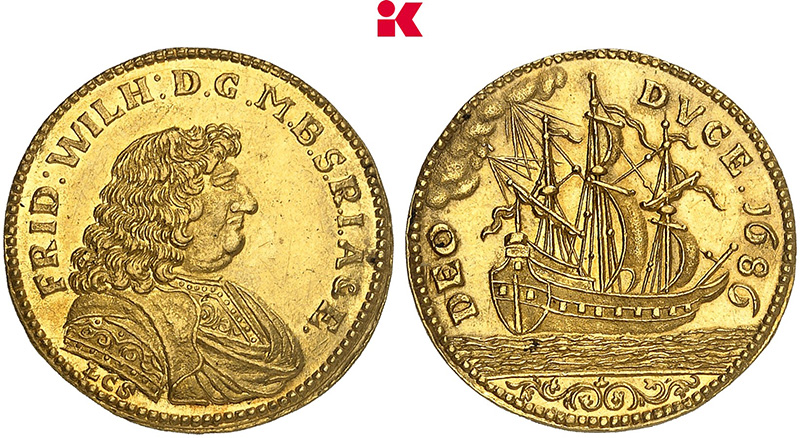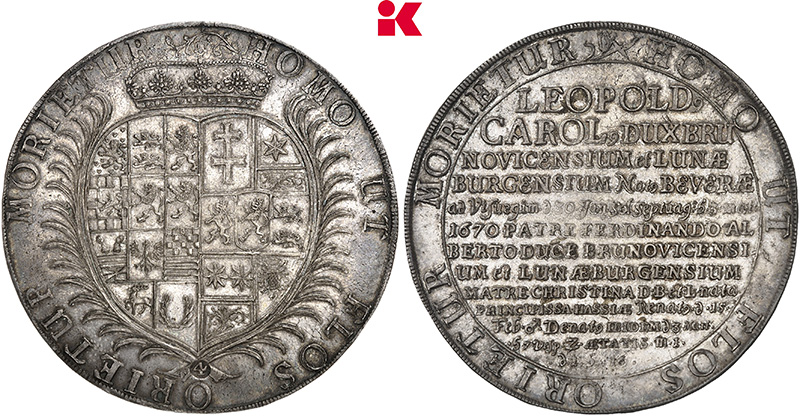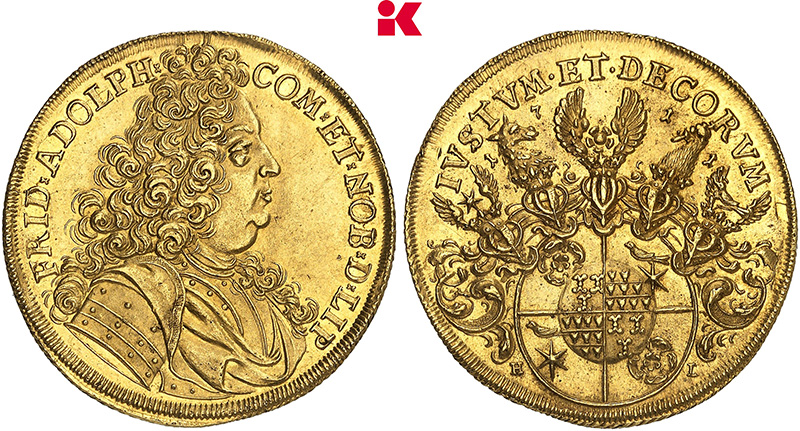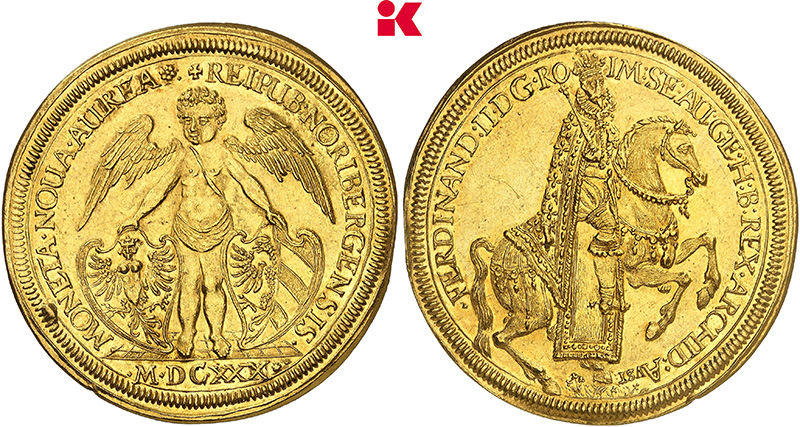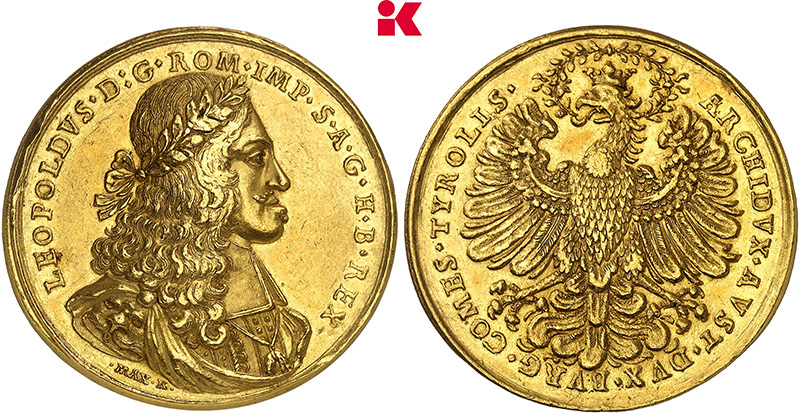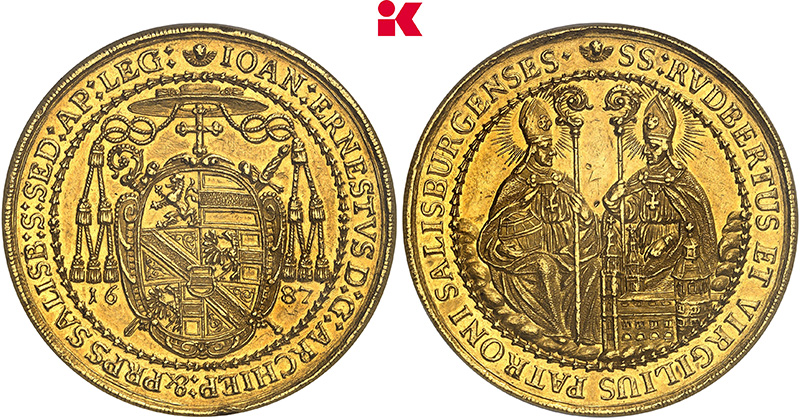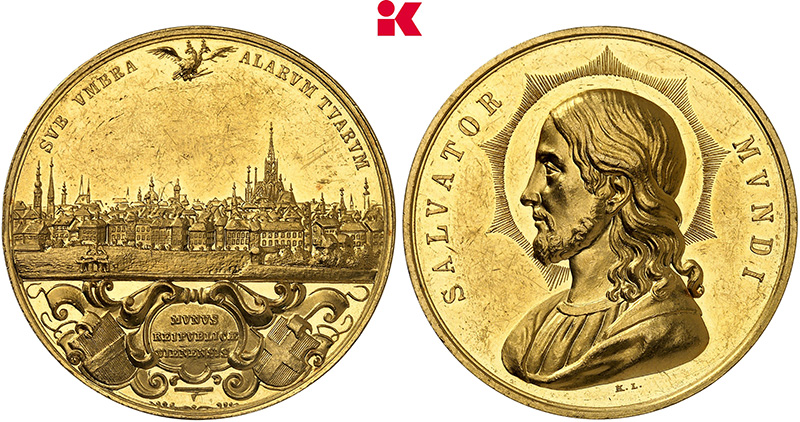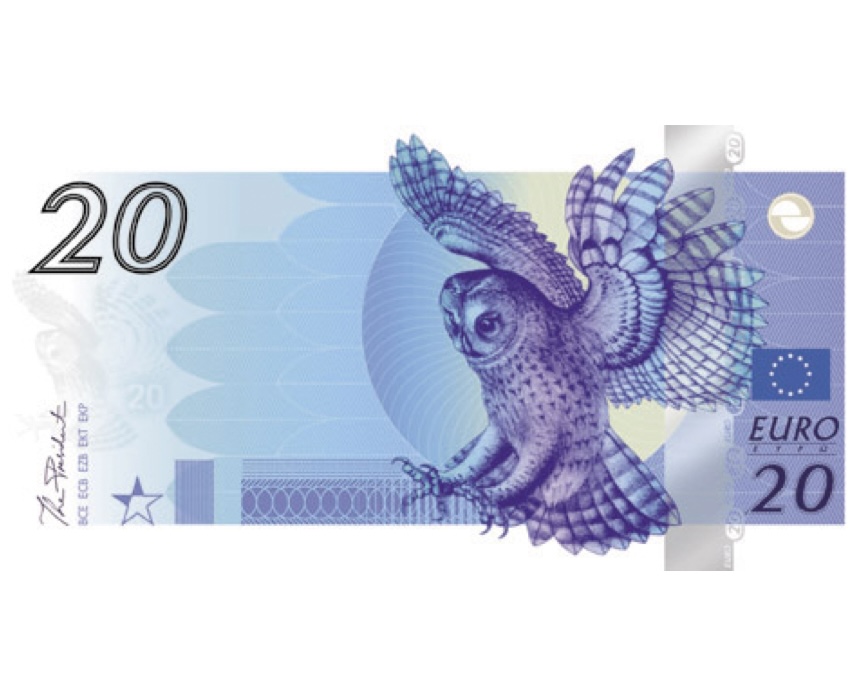Possible Motifs Selected for Future Euro Banknotes
By Sebastian Wieschowski
This decision was based on two central topics: “European Culture: Shared Cultural Sites” and “Rivers and Birds: Strong Through Diversity.” These motifs aim to strengthen European identity and highlight the connection to Europe’s natural and cultural diversity.
Topic 1: European Culture – Shared Cultural Sites
The topic “European Culture” emphasises the importance of shared cultural sites that have shaped the continent’s identity over centuries. The motifs feature prominent figures and cultural activities significant to Europe’s cultural heritage.
- €5 note: Front: Maria Callas; Back: Street performers (music, dance, theatre) entertaining passers-by.
- €10 note: Front: Ludwig van Beethoven; Back: Choral festival with a choir of children and young adults.
- €20 note: Front: Marie Curie; Back: School or university with teachers and students, laptops and books on the tables.
- €50 note: Front: Miguel de Cervantes; Back: Library with adults and children reading books.
- €100 note: Front: Leonardo da Vinci; Back: People viewing contemporary art and street art.
- €200 note: Front: Bertha von Suttner; Back: Public square with people of different age groups.
Topic 2: Rivers and Birds – Strong Through Diversity
The second topic highlights the significance of rivers and birds as symbols of freedom, unity, and Europe’s natural diversity. These motifs aim to raise awareness of environmental protection and emphasise the resilience of ecological systems.
- €5 note: Front: Mountain spring with a Wallcreeper; Back: European Parliament.
- €10 note: Front: Waterfall with a Kingfisher; Back: European Commission.
- €20 note: Front: River valley with a flock of Bee-eaters; Back: European Central Bank.
- €50 note: Front: Meandering river with a White Stork; Back: Court of Justice of the European Union.
- €100 note: Front: River estuary with an Avocet; Back: European Council and Council of the EU.
- €200 note: Front: Marine landscape with a Northern Gannet; Back: European Court of Auditors.
Next Steps in the Design Process
With the selection of motifs, the path is set for the 2025 design competition. Designers from across Europe can submit their proposals. Following a preliminary selection by the ECB Governing Council, the public will be involved again to provide feedback on the design proposals. Europe-wide surveys were already conducted from December 2021 to March 2022 and in summer 2023, with over 365,000 participants.
Decision and Introduction
The ECB Governing Council is expected to decide on the final designs in 2026. This will be followed by planning for production and the rollout of the new banknotes. However, it will still take several years before the new notes are in circulation.







